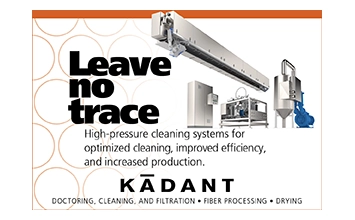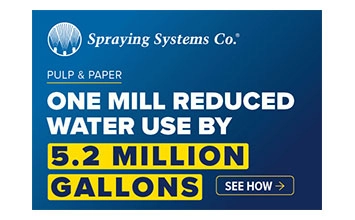Lessons learned the hard way: Sodium metaborate looked promising in laboratory tests, but in industrial Kraft mills, the chemistry never survived.
Lab experiments suggested improved delignification and brightness, yet sulfide, sulfate, and scaling in Kraft liquor neutralized its effects.
From an engineering perspective, the additive thrived in soda liquor but failed under Kraft conditions, where competing ions and harsh process conditions dominated. Economically, what works in the lab can quickly become a cost without benefit when scaled to a mill environment.
Kraft liquor is a high-temperature, high-pH reaction bath with competing equilibria. Sodium metaborate enters as NaBO₂·xH₂O, but in strong alkali, it hydrolyzes into BO₂⁻, BO₃³⁻, and polyborates.
Thermodynamically, the hydrolysis favors stable borates over reactive species, leaving only a small pool of active metaborate.
Sulfide, a strong nucleophile and reducing agent, rapidly converts borates into inert forms faster than they can diffuse into fibers.
Sodium sulfate further competes, stabilizing sodium ions and diverting borate into side complexes, reducing delignification potential.
Mass transfer limitations worsen the effect. Industrial digesters create steep gradients and high Peclet numbers, so even surviving metaborate cannot penetrate fibers before side reactions consume it. Downstream, borate residues form stable esters with lignin and hemicellulose, increasing chemical demand in oxygen and peroxide stages and contributing to scaling in recovery boilers.
In soda pulping, the absence of sulfide and sulfate allows more reactive metaborate to survive. Thermodynamically and kinetically, this enables meaningful interaction with lignin, producing measurable improvements in delignification and brightness.
In short, Kraft failures result from a chain of thermodynamic and kinetic barriers: unfavorable equilibria, sulfide and sulfate interference, mass transfer limitations, and downstream penalties.
Remove the competing chemistry, as in soda mills, or dial the Kraft liquor sulfidity way down, and the additive works as intended—although there are still those pesky esters to deal with downstream.
About Mike Ryan
 Mike Ryan is recognized for enhancing operational reliability and efficiency, combining deep technical expertise with a strong focus on training and process improvement across a wide range of industrial settings.
Mike Ryan is recognized for enhancing operational reliability and efficiency, combining deep technical expertise with a strong focus on training and process improvement across a wide range of industrial settings.
He can be reached 24/7 by mobile at +1 (740) 649-2272 or by email at
























































